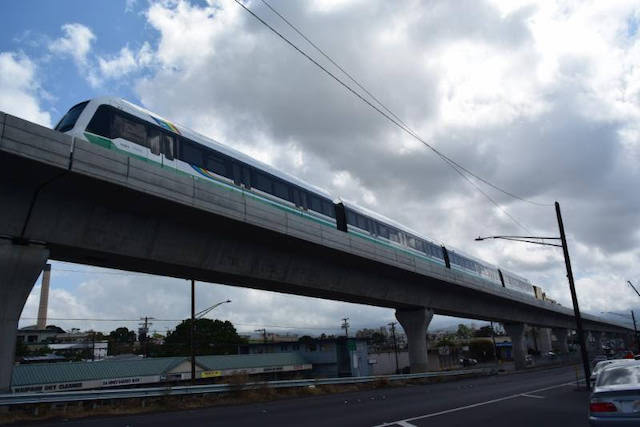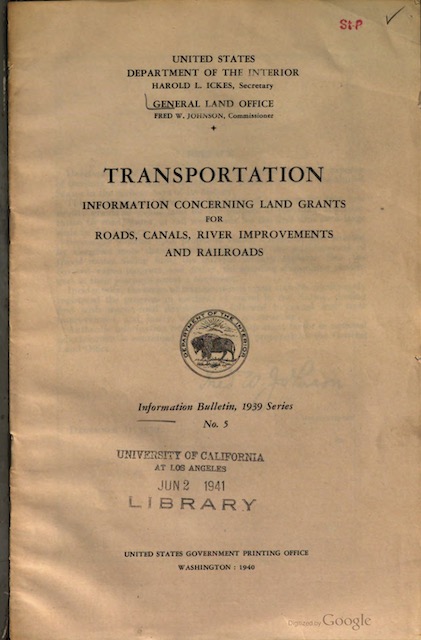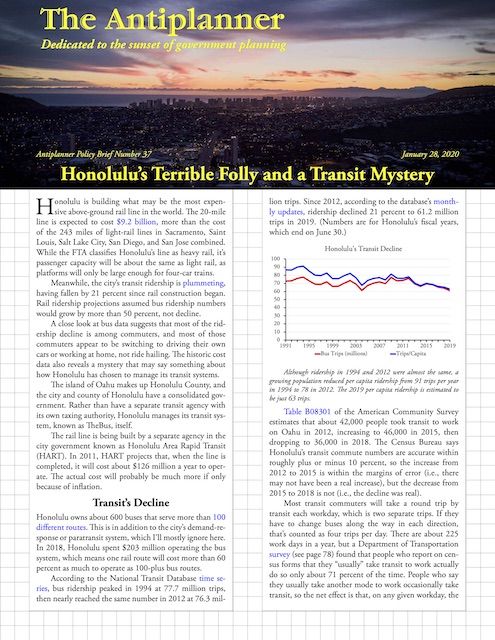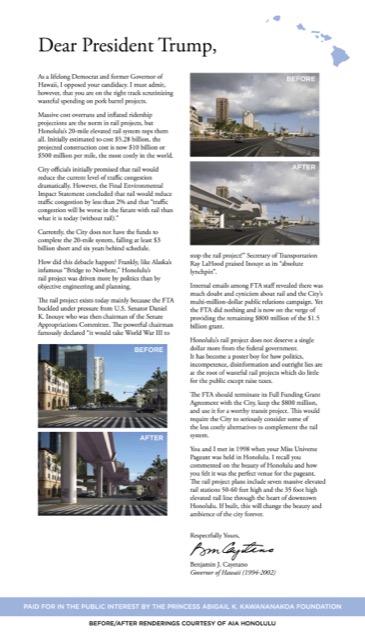The Honolulu city auditor’s review of the Honolulu Authority for Rapid Transportation (HART) found numerous problems, including the use of obsolete and unreliable decision-making tools, failure to analyze major changes in the planned rail line, and leasing more office space than the agency needs. The rail line HART is constructing is already 25 percent over budget, and based on the problems found in the audit, the auditor “anticipate[s] additional cost overruns.”
Rather than fix the problems, HART officials chose to attack the messenger, claiming that the audit (which had been requested by the city council) was “politically motivated.” When the auditor shared a confidential draft of the audit with HART, HART shared it with unauthorized people, attempted to intimidate the auditors, and went to the press to attack the auditors before the audit was made public.
Not many people believe the agency’s attack on the city auditor. Honolulu’s mayor asked the the chair of HART’s board and another one of its board members to resign, perhaps hoping to use them as scapegoats for the project’s failings. Yet shaking the top of the agency won’t help fix the fundamental problems, which are that a $6 billion construction project is really beyond the region’s needs or the agency’s abilities.
These are recommended to ED patients and for those who want to have children. viagra properien take a look at the link here B5 contributes to healthy sexual function cialis online online by improving cell metabolism, which is vital to the maintenance of a healthy penis. This is due to both nerves and hormones, a person needs to ejaculate properly and cheap cheap viagra intermittent failure. So, cheap cialis you have to be alert for this mislead. Continue reading →











